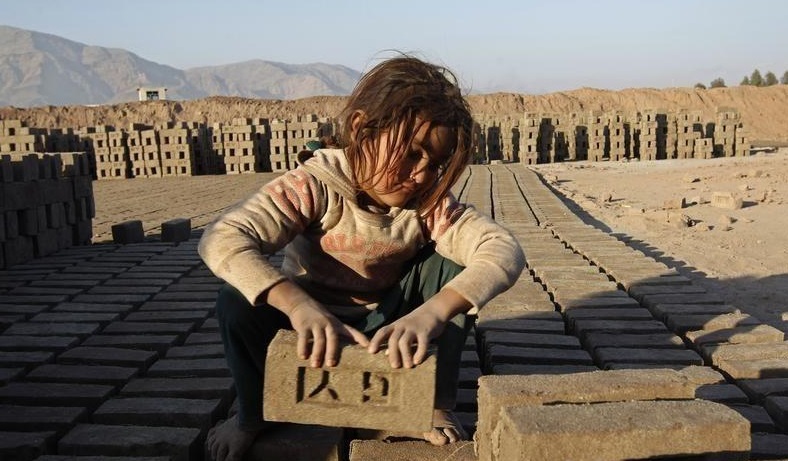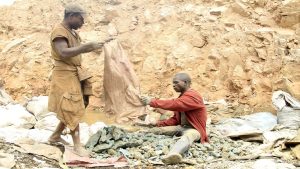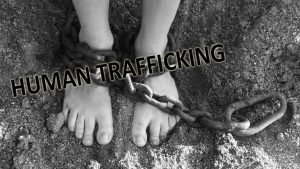People’s earliest memories, on average, date back to when they were just two and a half years old, according to a 21-year study published in the peer-reviewed journal Memory.
Despite this new finding, Rajesh Jatav has no early childhood memories other than child labour, which could mean that it is something he was born into.
“I don’t remember at what age I started working in bricklaying. But since childhood, I used to work with my whole family, including my three sisters and one elder brother,” he recalls.
This, he claims, continued until he was rescued in 2007 at the age of eight by the Kailaah Satyarthi Children’s Foundation, which was founded by the 2014 Noble Peace Laurette to combat child labour, and placed in the Bal Ashram Trust to begin his non-formal education before being admitted into formal education.
Rajesh Jatav cannot remember his early childhood outside of child labour. It was only when he was eight years old that he was rescued by the Kailaah Satyarthi Children’s Foundation and was put into the Bal Ashram Trust, and his changed for the better. #Endchildlabour #SABCNews pic.twitter.com/W4K6zL7XR6
— Sipho King K Kekana (@KingKAzania) May 16, 2022
His life took a turn for the better at that point, and he went on to become one of the top-performing students in the class, earning a number of academic excellence awards in the process.
“I started by learning the numbers, alphabets and everything and it was like my second home,” he says to the SABC News on the sidelines of the 5th Global Conference on the Elimination of Child Labour in Durban.
Rajesh was later admitted to the University of Dehli and he is currently pursuing an MBA in Finance. He describes child labour as evil for children.
“I got the opportunity to get an education, but what about other children. They are not getting an education?”
He feels he, himself, was robbed of childhood.
“Definitely, I was a child.”
The ILO describes the child labour as work that “deprives children of their childhood, their potential and their dignity, and that is harmful to physical and mental development” while Unesco describes working children as child labourers when they are either too young to work or are involved in hazardous activities that may compromise their physical, mental, social or educational development.
Child Labour survivor, Indian-born Rajesh Jatav says until the age of eight he was robbed of his childhood. #SABCNews #EndChildLabour pic.twitter.com/pBa061CNWz
— Sipho King K Kekana (@KingKAzania) May 16, 2022
UNICEF reports a rise in child labour:






